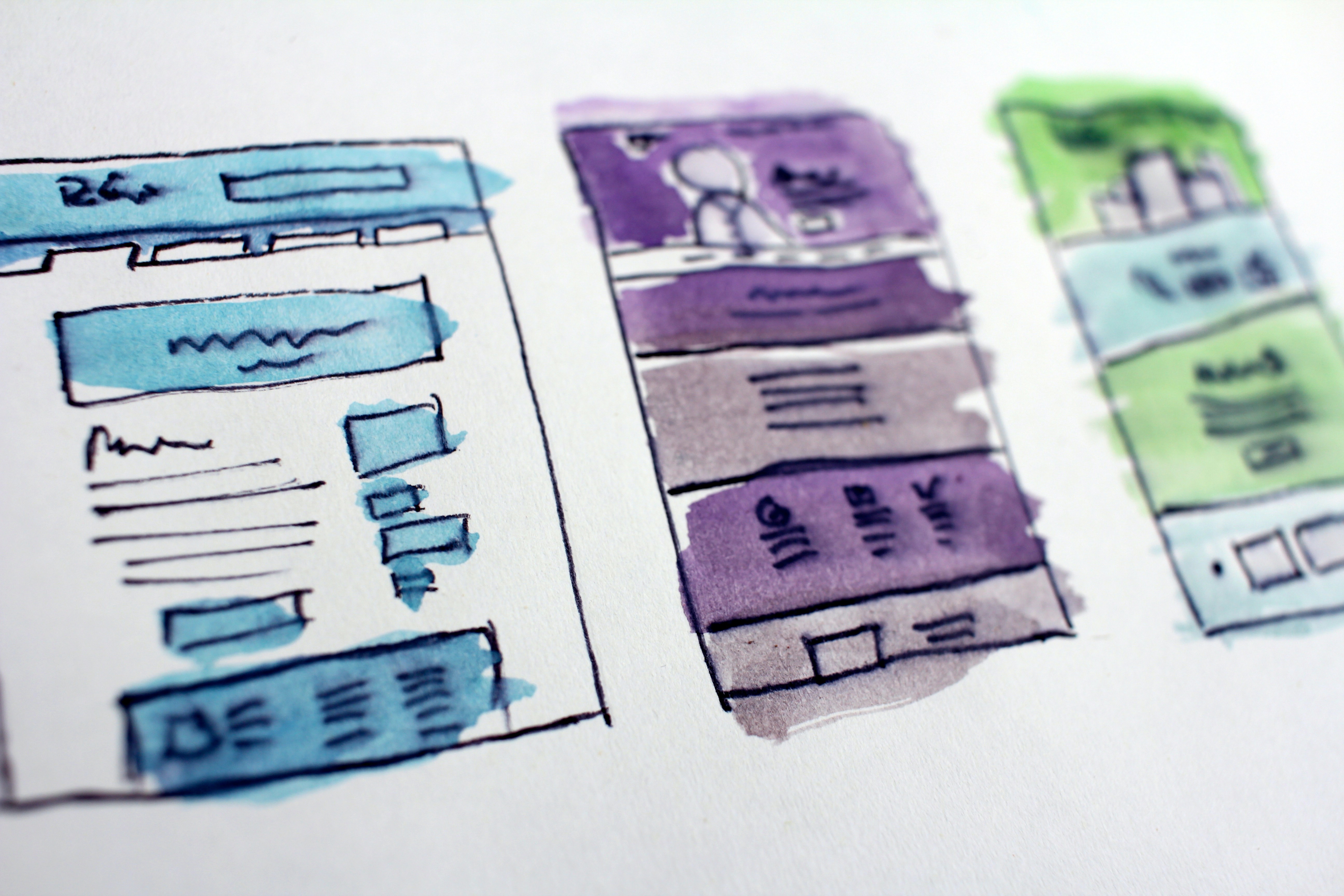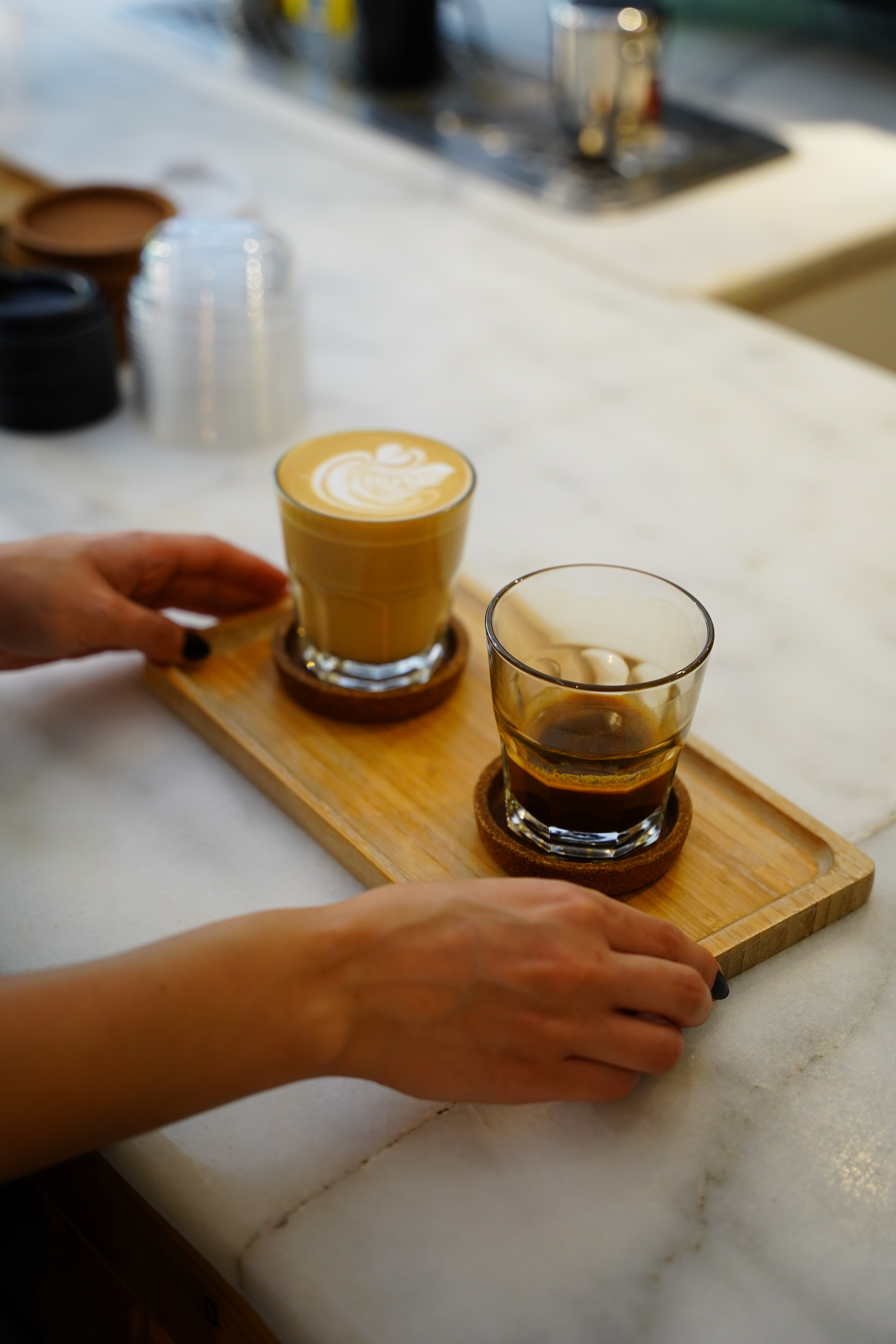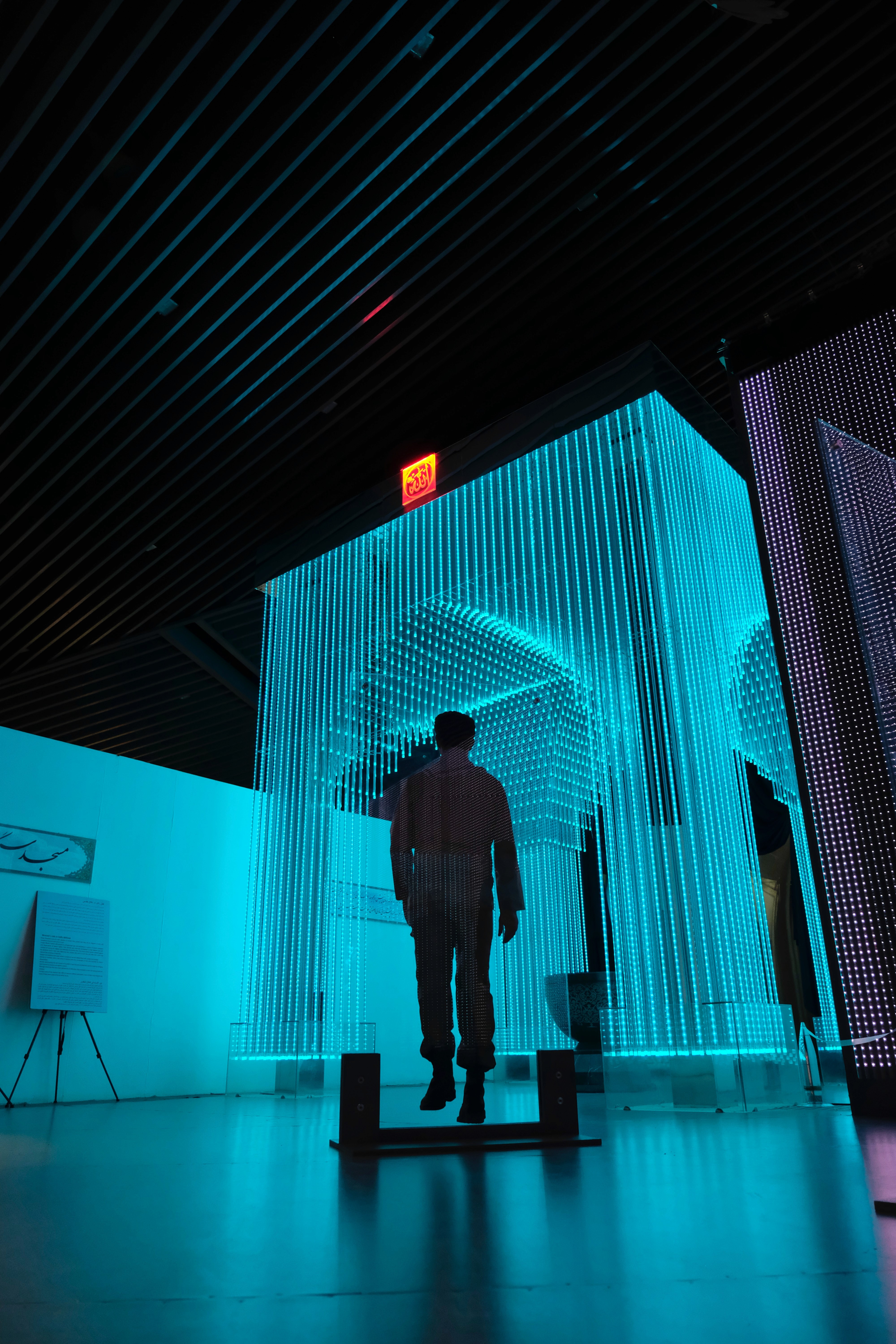The Ultimate Key to Effective Packaging Design

In the fiercely competitive realm of retail, packaging design wields immense power—it's not merely a vessel for products, but a silent salesman vying for consumers' attention and affection. The quest for effective packaging design transcends aesthetics; it's about capturing hearts, minds, and market share. Join us as we unveil the ultimate key to mastering the art and science of packaging design.
Understanding the Power of Packaging
Packaging is often the first point of contact between a product and its potential consumer. It serves as a tangible representation of the brand's identity, values, and promise. Effective packaging design has the ability to:
Capture Attention: In a crowded marketplace, eye-catching packaging stands out from the competition, enticing consumers to take a closer look.
Communicate Value: Packaging communicates vital information about the product—its features, benefits, and unique selling propositions—helping consumers make informed purchasing decisions.
Evoke Emotions: Packaging has the power to evoke emotions and create memorable experiences, forging emotional connections between consumers and brands.
Differentiate Brand: Well-designed packaging sets brands apart from competitors, conveying a sense of quality, trustworthiness, and authenticity.
The Ultimate Key: Consumer-Centric Design
At the heart of effective packaging design lies a simple yet profound principle: consumer-centricity. Successful packaging design begins with a deep understanding of the target audience—their preferences, behaviors, and aspirations. By placing consumers at the center of the design process, brands can create packaging that resonates with their desires and needs.
Elements of Consumer-Centric Packaging Design
1. Clear Brand Identity:
Packaging should reflect the brand's identity and values, establishing a cohesive visual language that consumers can easily recognize and relate to.
2. Functional Design:
Beyond aesthetics, packaging should be practical and functional, enhancing the usability and convenience of the product for consumers.
3. Emotional Appeal:
Packaging should evoke emotions that resonate with the target audience—whether it's joy, nostalgia, or excitement—creating a memorable and impactful brand experience.
4. Authentic Storytelling:
Authenticity is key to building trust and loyalty. Packaging should tell a compelling story that aligns with the brand's narrative, values, and heritage.
5. Sustainability:
In an era of increasing environmental consciousness, sustainable packaging is not just a trend—it's a necessity. Brands should prioritize eco-friendly materials and practices to minimize their environmental footprint and appeal to socially-conscious consumers.
Case Studies in Consumer-Centric Packaging Design
Apple: Known for its minimalist and elegant packaging design, Apple creates an immersive unboxing experience that mirrors the sleekness of its products.
Dove: Dove's packaging design embodies its brand ethos of authenticity and inclusivity, featuring real women on its labels to celebrate diversity and body positivity.
Oatly: Oatly's playful and irreverent packaging design reflects its brand personality and appeals to a younger, eco-conscious demographic.
Bottom Line
Effective packaging design is more than just a visual statement—it's a strategic imperative for brands looking to stand out in a crowded marketplace. By embracing consumer-centric design principles and crafting packaging that resonates with their target audience, brands can create meaningful connections, drive sales, and leave a lasting impression in the hearts and minds of consumers. As we navigate the ever-evolving landscape of retail, let consumer-centricity be the guiding light that illuminates the path to packaging design excellence.
Knowledge+


Decoding the Millennial and Gen Z Brain: Neuromarketing for the New Age
Aug 9, 2023


The Crucial Tenets of Stellar UX/UI Design: Drawing from World-class Design Gurus
Aug 18, 2023


The Renaissance of CX in the Middle East: Why You Need A Dedicated Agency
Aug 20, 2023


Decoding Market Research: The Compass Guiding Business Success
Aug 22, 2023


Omnichannel Marketing: Bridging the Offline-Online Divide
Aug 22, 2023


How Branding & CX are First Cousins
Sep 4, 2023
The Ultimate Key to Effective Packaging Design


In the fiercely competitive realm of retail, packaging design wields immense power—it's not merely a vessel for products, but a silent salesman vying for consumers' attention and affection. The quest for effective packaging design transcends aesthetics; it's about capturing hearts, minds, and market share. Join us as we unveil the ultimate key to mastering the art and science of packaging design.
Understanding the Power of Packaging
Packaging is often the first point of contact between a product and its potential consumer. It serves as a tangible representation of the brand's identity, values, and promise. Effective packaging design has the ability to:
Capture Attention: In a crowded marketplace, eye-catching packaging stands out from the competition, enticing consumers to take a closer look.
Communicate Value: Packaging communicates vital information about the product—its features, benefits, and unique selling propositions—helping consumers make informed purchasing decisions.
Evoke Emotions: Packaging has the power to evoke emotions and create memorable experiences, forging emotional connections between consumers and brands.
Differentiate Brand: Well-designed packaging sets brands apart from competitors, conveying a sense of quality, trustworthiness, and authenticity.
The Ultimate Key: Consumer-Centric Design
At the heart of effective packaging design lies a simple yet profound principle: consumer-centricity. Successful packaging design begins with a deep understanding of the target audience—their preferences, behaviors, and aspirations. By placing consumers at the center of the design process, brands can create packaging that resonates with their desires and needs.
Elements of Consumer-Centric Packaging Design
1. Clear Brand Identity:
Packaging should reflect the brand's identity and values, establishing a cohesive visual language that consumers can easily recognize and relate to.
2. Functional Design:
Beyond aesthetics, packaging should be practical and functional, enhancing the usability and convenience of the product for consumers.
3. Emotional Appeal:
Packaging should evoke emotions that resonate with the target audience—whether it's joy, nostalgia, or excitement—creating a memorable and impactful brand experience.
4. Authentic Storytelling:
Authenticity is key to building trust and loyalty. Packaging should tell a compelling story that aligns with the brand's narrative, values, and heritage.
5. Sustainability:
In an era of increasing environmental consciousness, sustainable packaging is not just a trend—it's a necessity. Brands should prioritize eco-friendly materials and practices to minimize their environmental footprint and appeal to socially-conscious consumers.
Case Studies in Consumer-Centric Packaging Design
Apple: Known for its minimalist and elegant packaging design, Apple creates an immersive unboxing experience that mirrors the sleekness of its products.
Dove: Dove's packaging design embodies its brand ethos of authenticity and inclusivity, featuring real women on its labels to celebrate diversity and body positivity.
Oatly: Oatly's playful and irreverent packaging design reflects its brand personality and appeals to a younger, eco-conscious demographic.
Bottom Line
Effective packaging design is more than just a visual statement—it's a strategic imperative for brands looking to stand out in a crowded marketplace. By embracing consumer-centric design principles and crafting packaging that resonates with their target audience, brands can create meaningful connections, drive sales, and leave a lasting impression in the hearts and minds of consumers. As we navigate the ever-evolving landscape of retail, let consumer-centricity be the guiding light that illuminates the path to packaging design excellence.
The Ultimate Key to Effective Packaging Design

In the fiercely competitive realm of retail, packaging design wields immense power—it's not merely a vessel for products, but a silent salesman vying for consumers' attention and affection. The quest for effective packaging design transcends aesthetics; it's about capturing hearts, minds, and market share. Join us as we unveil the ultimate key to mastering the art and science of packaging design.
Understanding the Power of Packaging
Packaging is often the first point of contact between a product and its potential consumer. It serves as a tangible representation of the brand's identity, values, and promise. Effective packaging design has the ability to:
Capture Attention: In a crowded marketplace, eye-catching packaging stands out from the competition, enticing consumers to take a closer look.
Communicate Value: Packaging communicates vital information about the product—its features, benefits, and unique selling propositions—helping consumers make informed purchasing decisions.
Evoke Emotions: Packaging has the power to evoke emotions and create memorable experiences, forging emotional connections between consumers and brands.
Differentiate Brand: Well-designed packaging sets brands apart from competitors, conveying a sense of quality, trustworthiness, and authenticity.
The Ultimate Key: Consumer-Centric Design
At the heart of effective packaging design lies a simple yet profound principle: consumer-centricity. Successful packaging design begins with a deep understanding of the target audience—their preferences, behaviors, and aspirations. By placing consumers at the center of the design process, brands can create packaging that resonates with their desires and needs.
Elements of Consumer-Centric Packaging Design
1. Clear Brand Identity:
Packaging should reflect the brand's identity and values, establishing a cohesive visual language that consumers can easily recognize and relate to.
2. Functional Design:
Beyond aesthetics, packaging should be practical and functional, enhancing the usability and convenience of the product for consumers.
3. Emotional Appeal:
Packaging should evoke emotions that resonate with the target audience—whether it's joy, nostalgia, or excitement—creating a memorable and impactful brand experience.
4. Authentic Storytelling:
Authenticity is key to building trust and loyalty. Packaging should tell a compelling story that aligns with the brand's narrative, values, and heritage.
5. Sustainability:
In an era of increasing environmental consciousness, sustainable packaging is not just a trend—it's a necessity. Brands should prioritize eco-friendly materials and practices to minimize their environmental footprint and appeal to socially-conscious consumers.
Case Studies in Consumer-Centric Packaging Design
Apple: Known for its minimalist and elegant packaging design, Apple creates an immersive unboxing experience that mirrors the sleekness of its products.
Dove: Dove's packaging design embodies its brand ethos of authenticity and inclusivity, featuring real women on its labels to celebrate diversity and body positivity.
Oatly: Oatly's playful and irreverent packaging design reflects its brand personality and appeals to a younger, eco-conscious demographic.
Bottom Line
Effective packaging design is more than just a visual statement—it's a strategic imperative for brands looking to stand out in a crowded marketplace. By embracing consumer-centric design principles and crafting packaging that resonates with their target audience, brands can create meaningful connections, drive sales, and leave a lasting impression in the hearts and minds of consumers. As we navigate the ever-evolving landscape of retail, let consumer-centricity be the guiding light that illuminates the path to packaging design excellence.
Knowledge+

Decoding the Millennial and Gen Z Brain: Neuromarketing for the New Age
Aug 9, 2023

The Crucial Tenets of Stellar UX/UI Design: Drawing from World-class Design Gurus
Aug 18, 2023

The Renaissance of CX in the Middle East: Why You Need A Dedicated Agency
Aug 20, 2023

Decoding Market Research: The Compass Guiding Business Success
Aug 22, 2023

Omnichannel Marketing: Bridging the Offline-Online Divide
Aug 22, 2023

How Branding & CX are First Cousins
Sep 4, 2023

